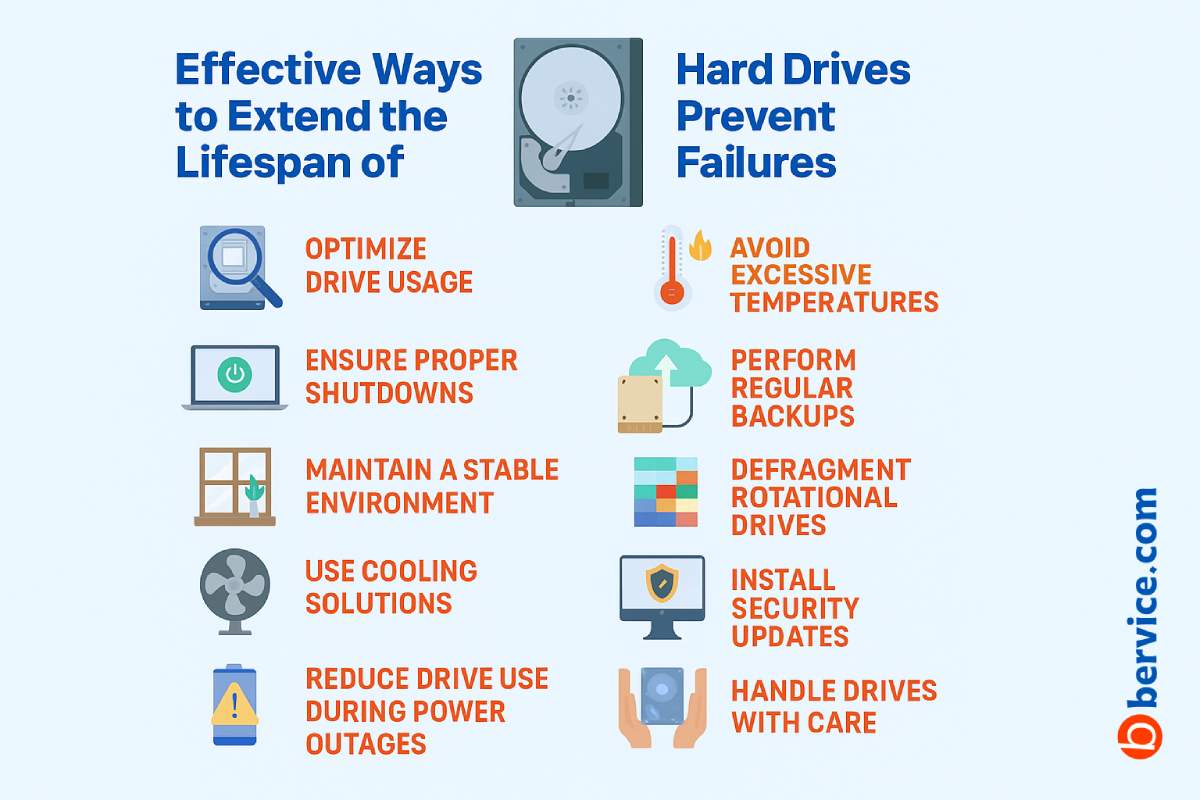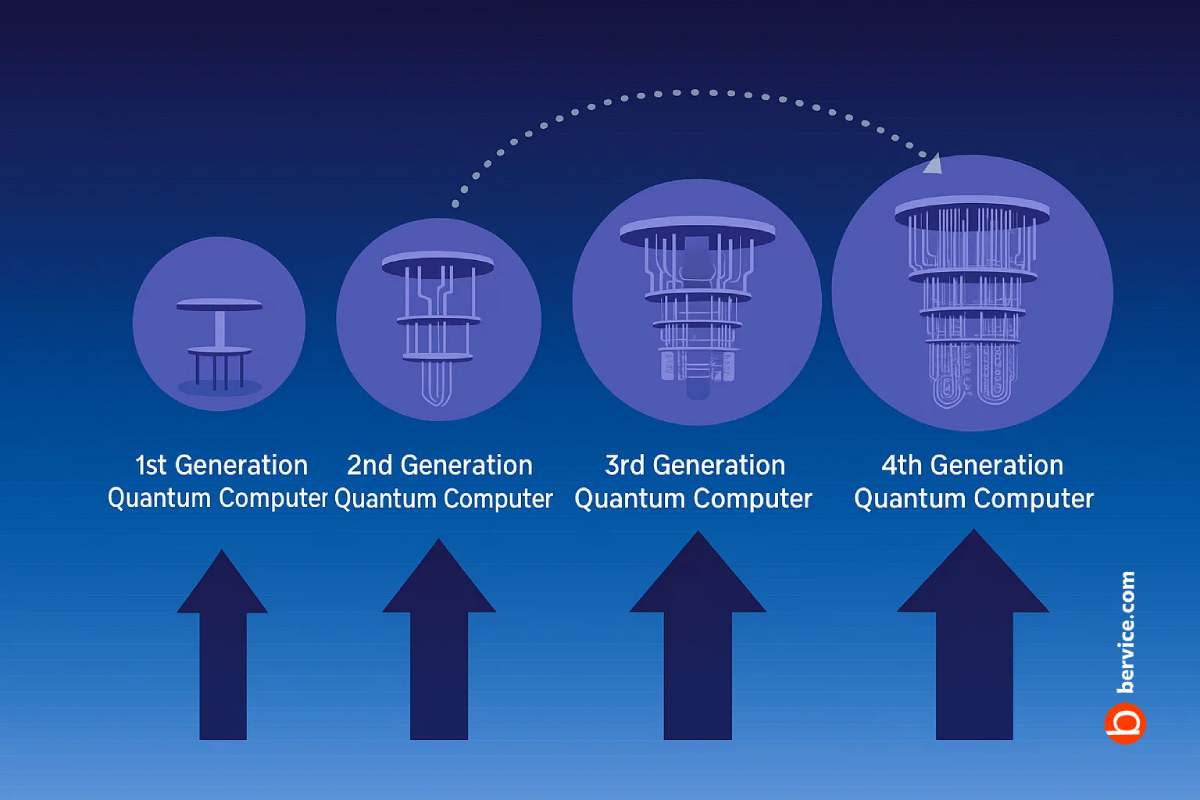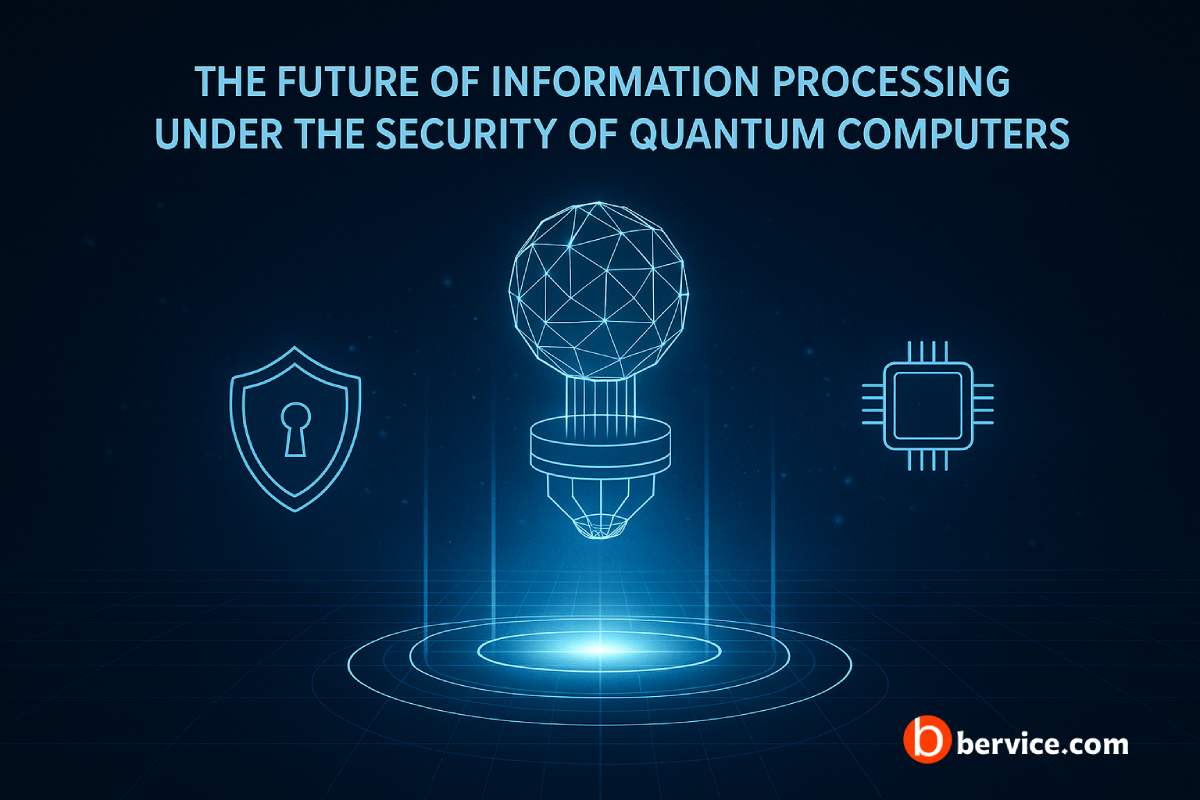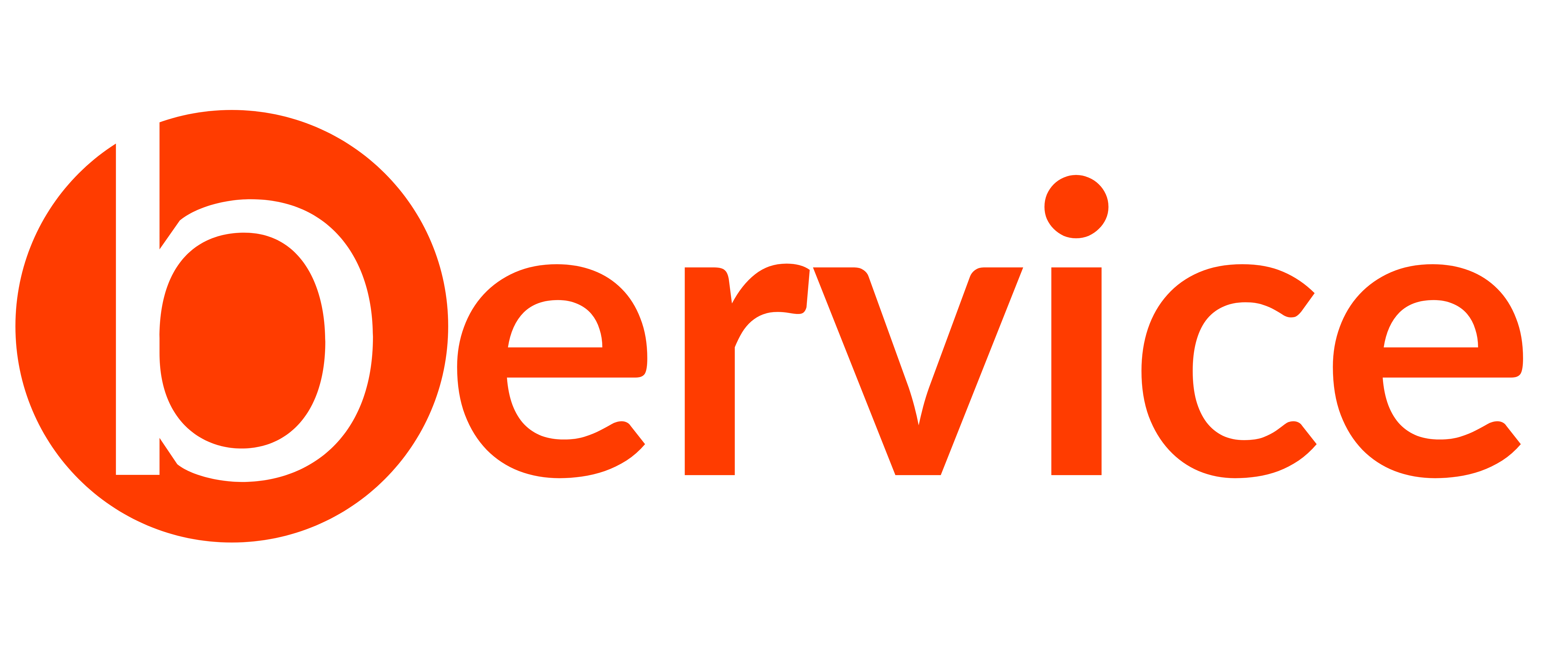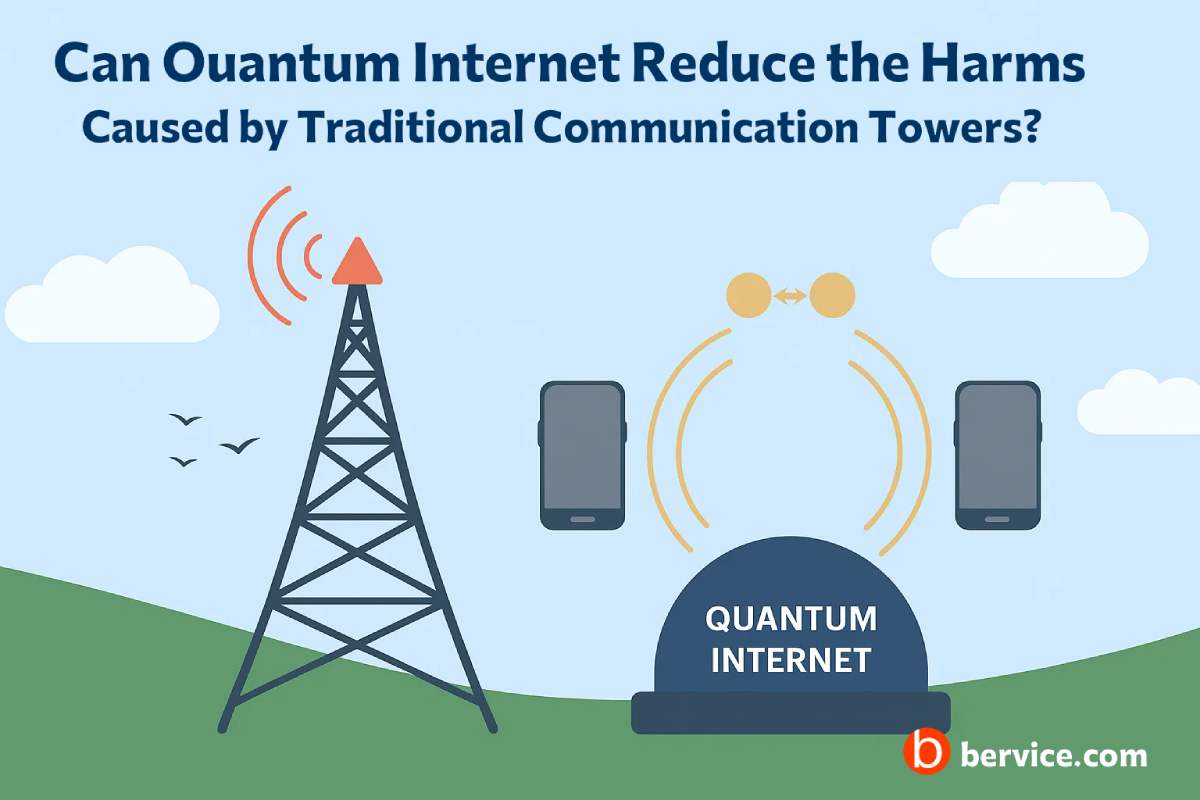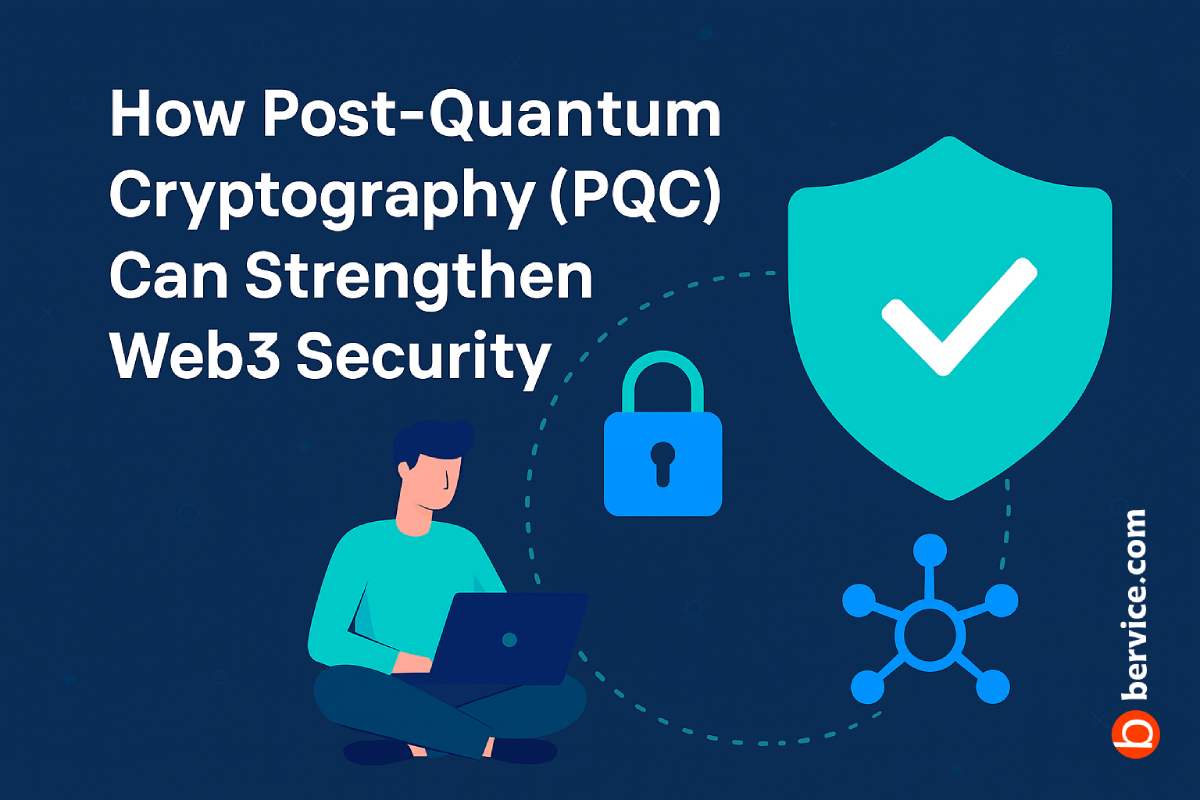
Introduction: The Intersection of Web3 and Quantum Risk
Web3 technologies—built on decentralized ledgers, smart contracts, and tokenized ecosystems—are reshaping how digital trust and ownership are established. However, the growing power of quantum computing poses a serious threat to the cryptographic foundations of blockchain networks. Algorithms like RSA and ECDSA, widely used in securing wallets, transactions, and consensus, could eventually be broken by quantum computers running Shor’s algorithm. This risk is not theoretical; research suggests that once large-scale quantum systems become practical, many existing cryptographic systems may be rendered obsolete. Post-Quantum Cryptography (PQC), standardized by organizations such as NIST, provides a potential defense mechanism to ensure that Web3 remains secure in a quantum-enabled future.
The Core Principles of PQC
PQC refers to a class of cryptographic algorithms designed to resist attacks from both classical and quantum computers. Unlike traditional methods based on integer factorization or elliptic curve problems, PQC schemes are built on hard mathematical problems such as lattice-based cryptography, hash-based signatures, multivariate polynomial equations, and code-based systems. These algorithms are engineered to provide quantum resistance without requiring specialized hardware like quantum key distribution (QKD). This makes them directly applicable to current Web3 infrastructures, enabling blockchain networks and decentralized applications (dApps) to transition smoothly into a post-quantum era.
Applications of PQC in Web3
PQC can strengthen Web3 security in several critical domains:
- Wallets and Identity Management: PQC-based signature schemes (like CRYSTALS-Dilithium) can replace ECDSA, ensuring that private keys remain secure even against quantum adversaries.
- Smart Contracts: Contracts on Ethereum, Solana, or other platforms can adopt PQC algorithms for secure verification of transactions and contract logic, preventing future exploitation.
- Consensus Mechanisms: Proof-of-stake and proof-of-work systems rely on digital signatures and hashing. Incorporating PQC into consensus protocols safeguards block validation against quantum attacks.
- Cross-Chain Communication: Bridges and interoperability layers, which are particularly vulnerable points in Web3, can employ PQC encryption to protect data transfer between chains.
- Decentralized Storage and Messaging: Systems like IPFS, Filecoin, and decentralized communication protocols can integrate PQC to ensure long-term confidentiality and authenticity.
Challenges and Opportunities Ahead
While PQC provides robust theoretical protection, its integration into Web3 is not without challenges. Many PQC algorithms have larger key sizes and signature lengths, which can increase transaction costs and storage requirements on blockchains. Furthermore, backward compatibility with existing systems poses a migration challenge, as millions of current wallets and contracts depend on classical cryptography. Nonetheless, the opportunity is clear: adopting PQC early can position Web3 as the most future-proof digital infrastructure. Hybrid approaches—where PQC is deployed alongside classical cryptography—are already being explored as transitional solutions.
Conclusion: Building Quantum-Resistant Decentralization
The promise of Web3 is to create a decentralized, trustless, and censorship-resistant digital ecosystem. To uphold this promise in the coming quantum era, integrating PQC is not optional—it is essential. By combining decentralized architectures with quantum-resistant cryptography, Web3 can maintain its security guarantees for decades to come, ensuring that the value, privacy, and sovereignty of digital assets remain intact against both classical and quantum adversaries.
Connect with us : https://linktr.ee/bervice
